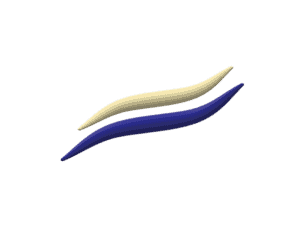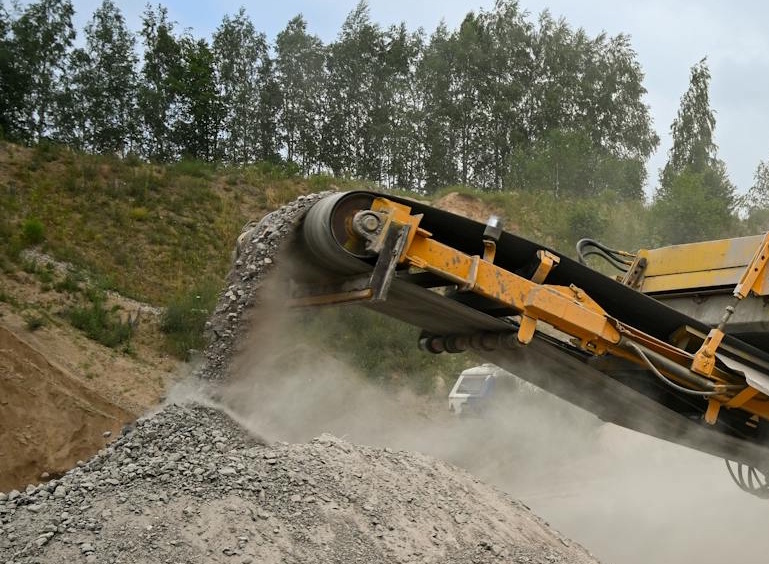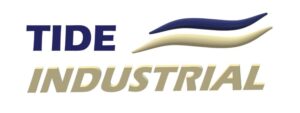
If your incline conveyor belt is starting to slip, fray, or lose its grip, it might be time for a replacement. But before you reorder, double-check a few key specs—especially when cleats or molded patterns are involved. The wrong dimensions or cleat style can cause costly downtime and performance issues.
Cleated Incline Belt Commonly Uses
Cleated conveyor belts are essential anywhere products need to be elevated, spaced, or stabilized on inclines. In agriculture, they’re used to move grain, feed, potatoes, and seeds without slipping. In food processing, cleats help gently elevate fruits, vegetables, or frozen items. Manufacturers rely on cleated belts to lift parts, boxes, or totes in multi-level systems. Meanwhile, quarries and aggregate handlers use cleated and chevron belts for steep-angle transfer of mulch, sand, or gravel. Even recycling centers, material handlers, and construction use cleated belts to control product spacing and flow. Whatever the task, the right cleat design ensures control, safety, and efficiency.
Tide Industrial makes it easy to get the right fit the first time. Here’s what to measure before you replace your belt, plus a guide to the chevron and cleated incline belts we offer for a variety of applications.

Replacement Belt Measuring
✅ 1. Belt Width
Start by measuring the overall width of the belt, edge to edge. Most belts follow standard sizes like 12″, 18″, 24″, or 36″. Getting this right ensures proper tracking and compatibility with your conveyor system.
If the edges are worn, check the conveyor bed or pulley face width for the original spec.
✅ 2. Belt Length
Ideally find the overall length by laying out old belt end to end or wrapping a tape measure or string around the entire belt to obtain full loop measurement.
We can also calculate belt length based on pulley diameters and center-to-center distance.
✅ 3. Cleat Type & Spacing
If your incline system uses custom cleats, note the:
Cleat height (1″, 2″, or 3″+), spacing between cleats (typically 12″ or 24″) and cleat style (T-cleat, scoop, etc.)
The cleat type affects how your product moves—especially on steeper inclines or with loose material. An incorrect configuration can lead to rollback, product spillage, or premature wear.

Incline Belt Styles
🔹 Chevron Belts (Molded-In Cleats)
Ideal for handling sand, gravel, grain, feed, or wet materials on steep inclines. The V-shaped molded pattern grips loose product to prevent rollback.
We also offer other molded cleat styles and impressions including bucket cleats, crescent cleats, diamond top, tyler-top and more.
🔹 Custom Cleated Belts
For more customized configurations, we offer cleats that can be vulcanized onto many of our replacement belt surfaces. This creates a strong, seamless bond ideal for frequent incline use. Cleat height and spacing can be tailored to your application.
🔹 Rough Top Belts
For lighter packaging or moderate inclines, rough top belts provide extra grip without cleats. Often used for firewood conveying and with cartons, boxes, and totes in packaging and distribution environments.

Contact Tide Industrial’s Belting Division for bulk belt rolls, custom-cut sizes, and assembled incline belt with lacing to fit your needs. Whether you’re replacing a worn cleated belt or upgrading to a chevron-style incline solution, we’ll help you find the right match. Send us your specs or photos today—or explore our incline belt options online:
Tide Industrial ~ 800-558-7080 ~ sales@tideindustrial.com ~ tideindustrial.comCust

Tide Industrial
Share this Article:
- CONTACT US:
- Tide Industrial
- 800-558-7080
- tideindustrial.com
Popular Replacement Belts for Incline

P/N 5-7532 Chevron Belt
Heavy-duty 2ply cleated incline belt features 1/4″ high x 6″ wide staggered chevron profiles designed for superior grip on steep angles. 2ply, reinforced with moderate oil resistance, it’s ideal for conveying gravel, crushed stone, and bulk grain.

P/N 5-8642 Mini Bucket Cleat Belt
General-purpose cleated belt features a staggered mini bucket profile, with 3/16″ high by 1-3/4″ wide cleats spaced across and down the belt. Ideal for moving gravel, dirt, sand, and other aggregates, it’s also widely used in recycling applications.

Custom Cleated Belt
Custom incline belt with cleats vulcanized directly onto our standard belt surfaces. Seamless construction delivers superior strength and durability for incline applications. Choose from T-cleats, scoop cleats, and more—customized by height, spacing, and layout to suit your conveying needs.
More to explore:

Built for the Grind: Conveyor Belt Solutions for Rock, Gravel & Aggregate Handling
In rock and aggregate operations, every ton of material puts your equipment to the test. From jaw crushers to screening decks, each system depends on

Streamlining Package Flow with Smarter Conveyor Belts
In today’s fast-paced distribution and e-commerce environments, conveyor belts are the unsung heroes that keep goods flowing smoothly—from packaging lines to sortation systems, fulfillment zones,

Firewood Conveyor Belt Solutions for Split Wood Processing
Keep your firewood operation moving with the right conveyor belts. Explore replacement belts for firewood processors, splitters, and conveyors — with in-stock options, custom cleats, and fast shipping.
